
Photo
Burlon Craig (1914-2002), Craig Pottery, Vale, Lincoln County, North Carolina. Craig is an example of the migration of the alkaline-glaze tradition that originated in the Edgefield District of South...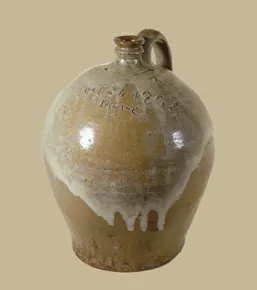
South Carolina, with its rich clay deposits, is the home to two different, but very important ceramic traditions - Catawba earthenware and alkaline-glazed stoneware. Before European contact in the 16th century, the Catawba Nation controlled much of what is now South Carolina and most of the North Carolina Piedmont. This tradition has continued through elder potters sharing their knowledge and skills with younger generations. While their techniques remain ancient, they have adapted their forms to changing markets. Kinship and community were also important in the development and diffusion of the alkaline-glazed stoneware tradition during the nineteenth century. Using European and African forms and labor the Edgefield, South Carolina, potteries produced containers used primarily for food preservation and preparation. As some potters migrated west and to other areas in the southeast, they spread the alkaline-glazed tradition into Georgia, North Carolina, Alabama and Mississippi.
Content is provided by McKissick Museum, University of South Carolina.
For further information about any of the artists featured on Digital Traditions, send your questions and comments to hallagan@mailbox.sc.edu.

Photo
Burlon Craig (1914-2002), Craig Pottery, Vale, Lincoln County, North Carolina. Craig is an example of the migration of the alkaline-glaze tradition that originated in the Edgefield District of South...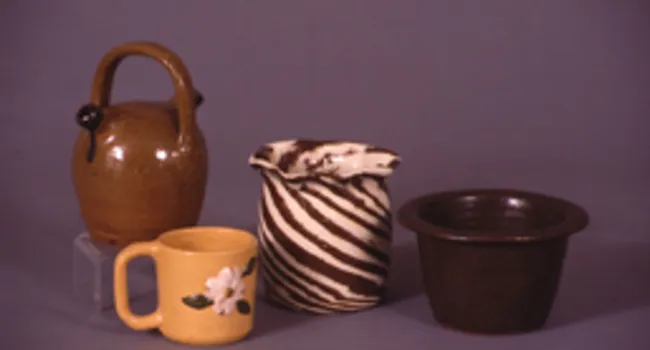
Audio
Boyd S. Hilton (d. 1985), Blackburn, Catawba County. Interview recorded July 1981. Boyd S. Hilton belonged to a family with deep roots in the Catawba Valley pottery tradition. John Wesley Hilton was...
Audio
The Phoenix Stone Ware Factory was established ca. 1840 by Collin Rhodes and his partner Robert Mathis. Mathis and Rhodes were the former co-owners of the Pottersville factory when they opened the...
Audio
Williams operated a pottery operation in the upcountry of South Carolina during the early 1900's. He may have been a descendant of Edgefield freed black potter Milage Williams or he may have learned...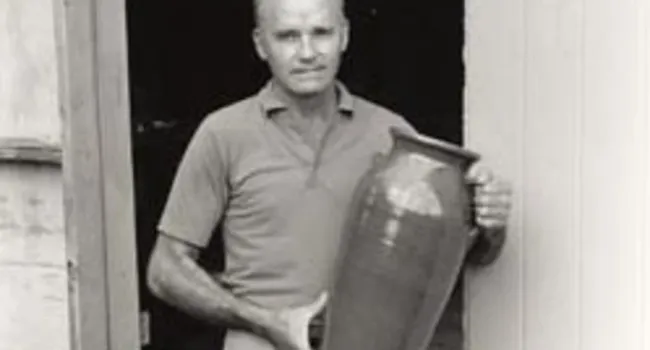
Audio
Cleater James Meaders (d. 2003), Byron, Houston County. Interview recorded June 1981. The Meaders tradition began in 1893 with John Milton Meaders in the small White County town of Cleveland. Several...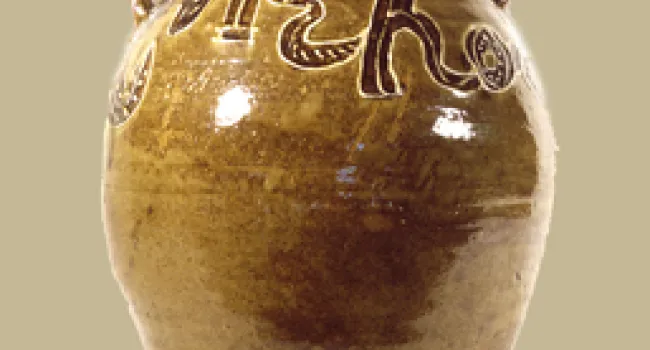
Photo
Collin Rhodes (1811-1881) owned or co-owned a number of pottery factories including Pottersville, Phoenix Factory, and finally the Collin Rhodes Factory (ca. 1843) in Edgefield during the early to mid...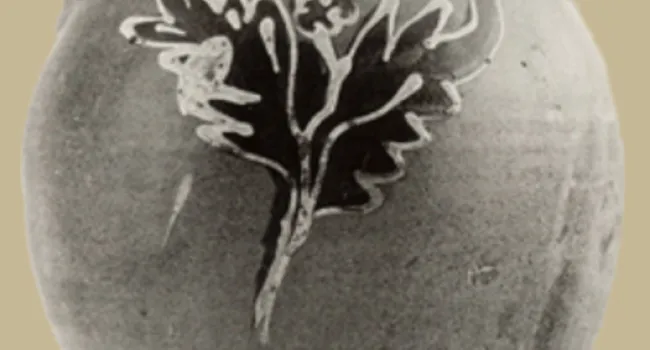
Audio
Cinda Baldwin discusses Collin Rhodes' family history and pottery factory.. Collin Rhodes (1811-1881) owned or co-owned a number of pottery factories including Pottersville, Phoenix Factory, and...
Photo
John V. Craven opened the original Craven Pottery in White County, Georgia in 1850. Several generations later, Billy Joe Craven (b. 1947) returned to the family tradition and established the current...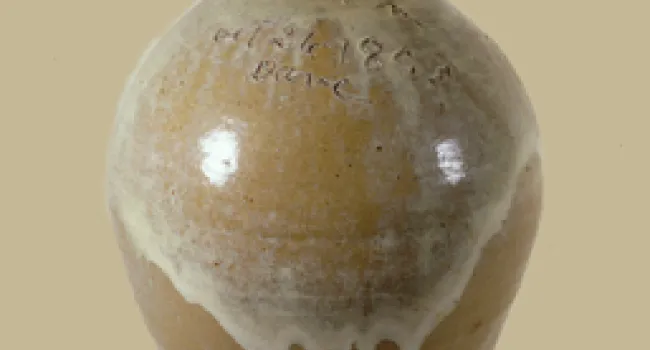
Photo
David Drake, a slave known as "Dave" by pottery scholars and collectors, is the most fascinating character coming from the alkaline-glazed stoneware tradition in Edgefield. Unlike most slaves in the...